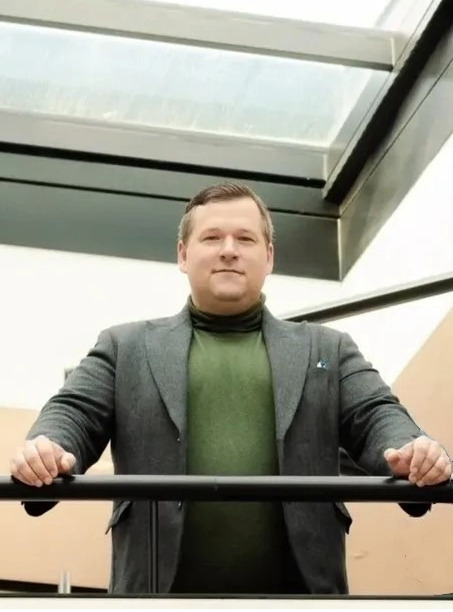
CEO @ Verretex, Entrepreneur and Impact Investor.
A Canadian based in Lausanne, Mitchell D. Anderson is a physicist and serial entrepreneur who is currently solving the composite plastics waste problem. His aim is to help restore the ecological integrity of our environment by empowering innovation in green technology. He has been investing in green technologies and crypto-currencies since 2011.
Mitchell has been an Individual member of the CSCC since 2016.
How long have you been in Switzerland?
After graduating with my PhD in physics at Queen’s University in Kingston Ontario, I came to Switzerland in 2014 for a postdoc at EPFL. Since then I fell in love with Switzerland and the Lake Geneva region, so my wife and I decided to stay. After finishing my postdoc I have been a serial entrepreneur currently founding my 3rd swiss company, Verretex in order to create green glass fiber textiles.
How long have you been a member of the CSCC?
I’ve been attending CSCC events such as the golf day, hockey day, and Canada Day BBQ for around 9 years now, I think I officially became a member around 7 years ago.
What made you start your new company, Verretex, and what do you do?
Verretex is a pivot for me and my technical team from my previous company, Composite Recycling. I originally created Composite Recycling to develop and commercialize cutting edge technology to make glass fiber plastic recycling possible, but the company evolved into more of an operational SME which purchases recycling units and operates them, and wasn’t focused on developing technology of its own. My team, who was still passionate about solving this problem, pivoted into another unsolved portion of the value chain, the regeneration and upcycling of the glass fiber that comes out of the recycling process. With our technology, we can significantly increase the value of the recycling products and reduce CO2 emissions up to 78%.
What are the principle uses for green glass fiber textiles?
Regenerated glass fiber textiles are designed to be a replacement for virgin glass textiles in things like boats, planes, trains, sporting goods, construction materials, piping, etc. It is a very versatile product which many people don’t recognize is all around us.
Every so often there are articles in the media saying recycling is broken. To what extent, if any, is this true?
Recycling in its current form is absolutely broken, but I think it is moving in the right direction. There is not enough awareness about recycling, collection practices are often not sufficient to remove contamination from the recyclable products which can completely undermine recycling. The global markets are also uncertain, especially after the 2018 ban of waste import by China, many municipalities struggle to find buyers for the collected material. There are inconsistent recycling regulations and infrastructure which leads to inefficiency and low recycling rates. Glass fiber plastics for example, which is well known as a major problem for end-of-life waste, has essentially no collection or deconstruction infrastructure to get the material to recyclers, which are already scarce in this field.
The good news, governments and corporate interests are well aware of the problems and are actively looking for solutions. This combined with new technologies that are being commercialized here in Switzerland and around the world are making recycling easier and more efficient. The first step to fixing a problem, is being aware that it needs to be fixed.
